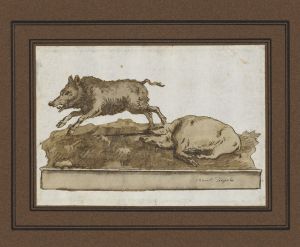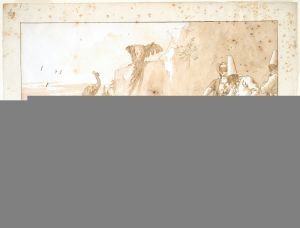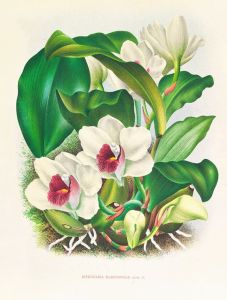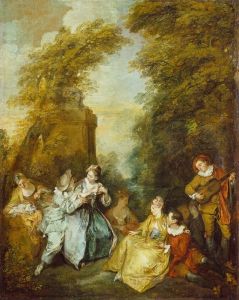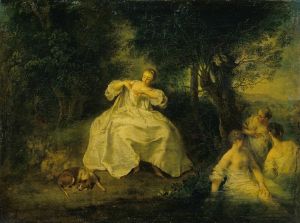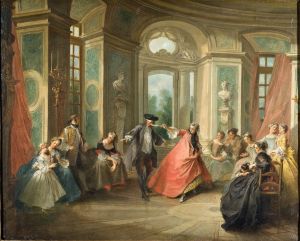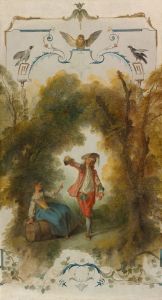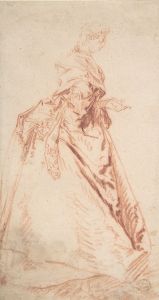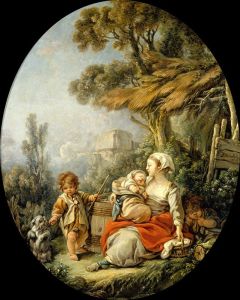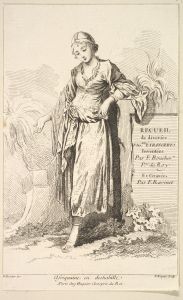
Horticulture
A hand-painted replica of Nicolas Lancret’s masterpiece Horticulture, meticulously crafted by professional artists to capture the true essence of the original. Each piece is created with museum-quality canvas and rare mineral pigments, carefully painted by experienced artists with delicate brushstrokes and rich, layered colors to perfectly recreate the texture of the original artwork. Unlike machine-printed reproductions, this hand-painted version brings the painting to life, infused with the artist’s emotions and skill in every stroke. Whether for personal collection or home decoration, it instantly elevates the artistic atmosphere of any space.
Nicolas Lancret (1690–1743) was a prominent French painter known for his contributions to the Rococo style, particularly in the genre of fête galante, which depicted scenes of aristocratic leisure and entertainment. One of his notable works is "Horticulture," a painting that exemplifies his skill in capturing the elegance and charm of 18th-century French society.
"Horticulture" is a part of Lancret's series of paintings that explore the theme of the four seasons, a popular subject during the Rococo period. This particular painting is believed to represent the season of spring, a time of renewal and growth, which is fitting given the title's reference to gardening and cultivation. Lancret's work often reflects the leisurely pursuits of the upper classes, and "Horticulture" is no exception, as it showcases figures engaged in the genteel activity of gardening.
The painting is characterized by its delicate color palette and intricate details, hallmarks of Lancret's style. He was known for his ability to convey the textures of fabrics and the subtleties of light, which are evident in the way he depicts the clothing and surroundings of the figures in "Horticulture." The composition is lively yet balanced, with a keen attention to the interactions between the figures and their environment.
Lancret's "Horticulture" not only highlights the aesthetic qualities of the Rococo movement but also provides insight into the cultural values of the time. The emphasis on leisure and the enjoyment of nature reflects the Enlightenment ideals of harmony and beauty. Gardening, as portrayed in the painting, was not merely a practical activity but a refined pastime that symbolized the cultivation of both land and spirit.
The painting is housed in the Louvre Museum in Paris, where it is part of a larger collection of 18th-century French art. Lancret's works, including "Horticulture," are often compared to those of his contemporary, Jean-Antoine Watteau, who is credited with pioneering the fête galante genre. While Watteau's influence is evident in Lancret's work, Lancret developed his own distinct style, characterized by a more narrative approach and a focus on the interactions between figures.
In summary, "Horticulture" by Nicolas Lancret is a quintessential example of Rococo art, capturing the elegance and leisurely pursuits of 18th-century French society. Through its depiction of gardening, the painting reflects the cultural and aesthetic values of the time, emphasizing beauty, harmony, and the enjoyment of nature. Lancret's attention to detail and his ability to convey the subtleties of light and texture make "Horticulture" a significant work in the canon of French Rococo painting.






